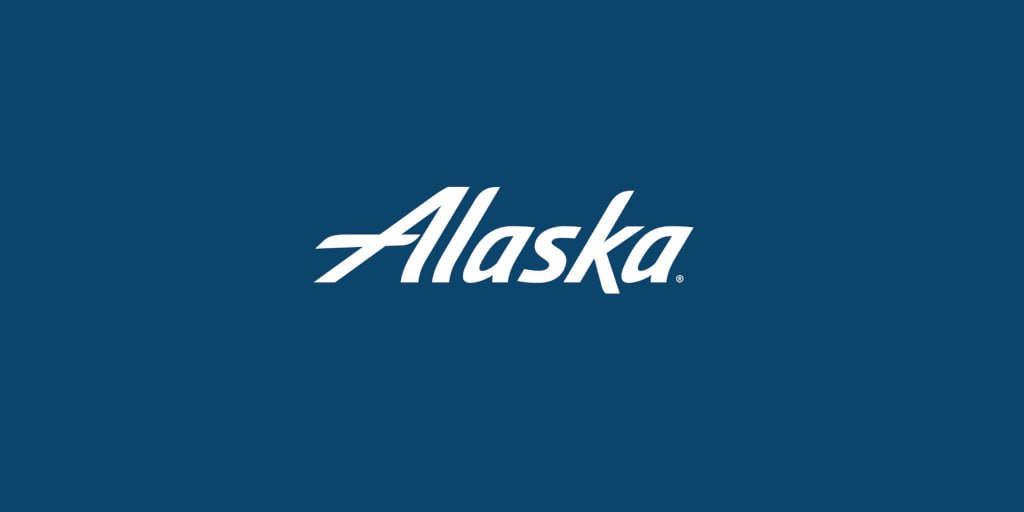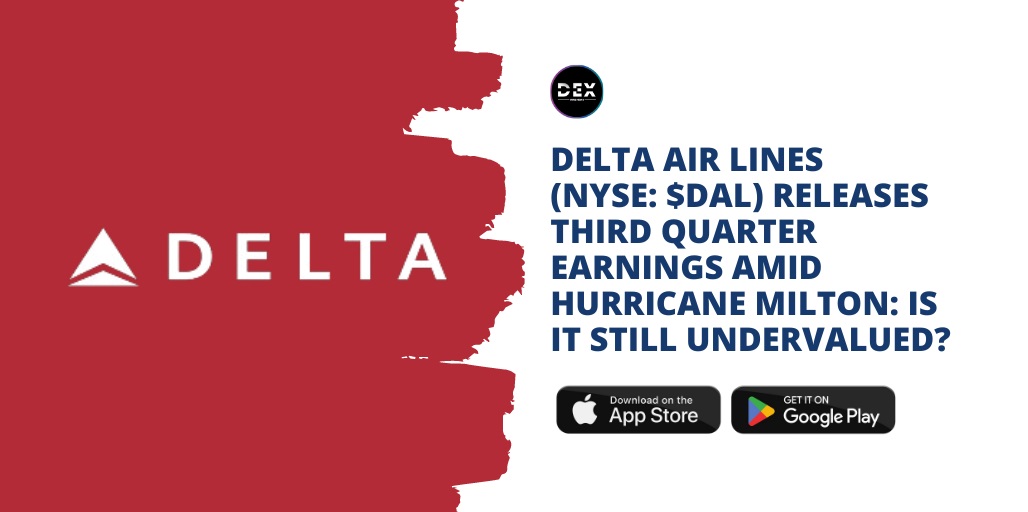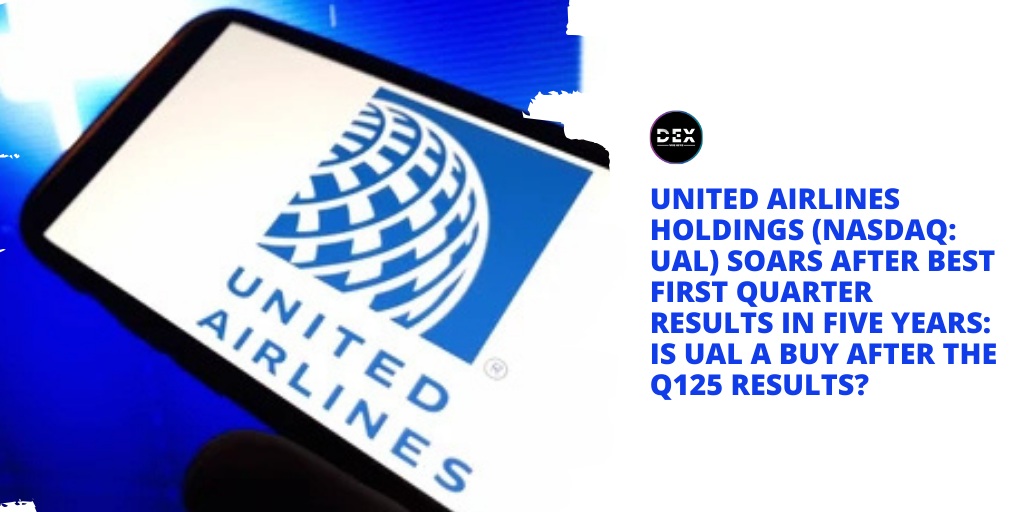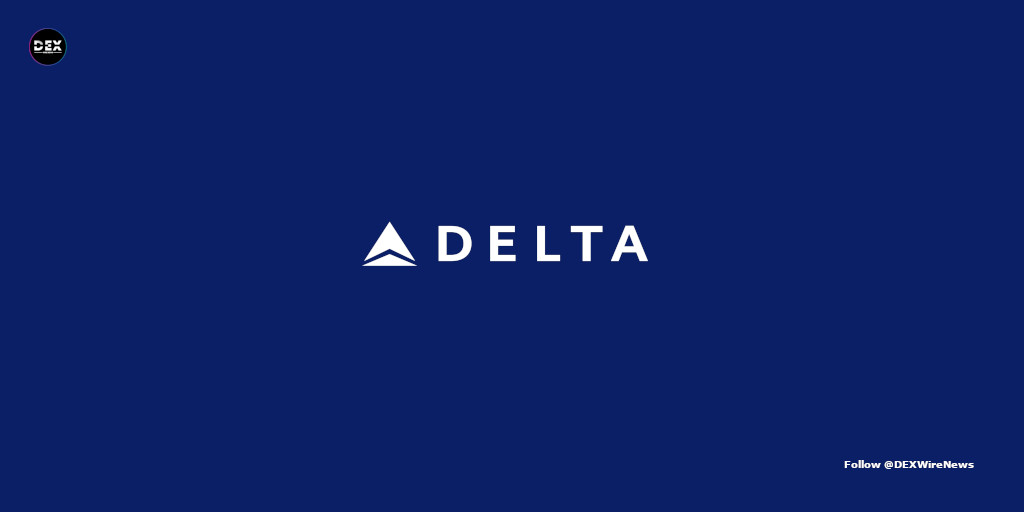Alaska Air Group, Inc. (NYSE: $ALK) is actively involved in the operation of airlines. The company manages two airlines, namely Alaska and Horizon, and includes McGee Air Services, an aviation services provider, within its operations. Alaska Air Group operates through three distinct segments: Mainline, Regional, and Horizon.
The Mainline segment encompasses scheduled air transportation services utilizing Alaska’s Boeing and Airbus jet aircraft, catering to passengers and cargo across the United States and certain regions in Mexico, Costa Rica, and Belize. The regional segment involves scheduled air transportation services for passengers over a shorter-distance network within the United States and Canada, operated by Horizon and other third-party carriers under capacity purchase agreements (CPA).
The Horizon segment accounts for the capacity sold to Alaska under a CPA. Mainline operations specifically feature Boeing 737 (B737) and Airbus A320 family (A320 and A321neo) jet services provided by Alaska, while Regional operations encompass flights operated by Horizon and SkyWest.
Alaska Air Signs $1.9B Deal to Buy Hawaiian Airlines
Alaska Air Group (ALK) has entered into an agreement to acquire Hawaiian Holdings (HA) for $18 per share in cash, aiming to enhance its network. The deal, valued at around $1.9 billion, includes assuming $900 million of Hawaiian Airlines debt.
This offer provides an attractive premium for HA shareholders, considering HA’s closing session price of $4.86 per share on Friday. The acquisition is expected to contribute positively to ALK’s earnings within two years post-closure, with anticipated run-rate synergies of at least $235 million.
If the deal goes through, Alaska Air’s fleet will grow to 365 narrow and wide-body planes, serving a total of 138 destinations. This includes non-stop service to 29 key international destinations in the Americas, Asia, Australia, and the South Pacific. The agreement is seen as customer-friendly, expanding choices for consumers on the U.S. west coast and the Hawaiian Islands, with Honolulu becoming a crucial hub for the combined entity.
The merged company will have its headquarters in Seattle, led by Ben Minicucci, the CEO of Alaska Airlines. A dedicated leadership team will be established to plan and execute a seamless integration process.
Both companies will retain their respective brands even after the completion of the deal, providing a relief for Hawaiian Holdings, whose stock has faced significant declines due to a slow recovery in air-travel demand between Asia and Hawaii over the past year.
While the transaction has received approval from both boards, its realization is contingent on regulatory approvals, approval from Hawaiian Holdings shareholders (expected in the first quarter of 2024), and other customary closing conditions. The deal is anticipated to close within 12-18 months.
The potential success of the deal remains uncertain, given the rigorous stance of federal regulators on airline mergers. The ongoing antitrust trial addressing JetBlue Airways’ planned acquisition of Spirit Airlines adds an additional layer of complexity.
The U.S. Department of Justice has urged a federal judge to block the JetBlue-Spirit deal to preserve competition among low-cost carriers, arguing that it could lead to fewer flights, fewer seats, and higher prices. JetBlue contends that the acquisition is consumer-friendly.
CEOs Explain Why the Deal is a ‘win-win’ For Investors, Customers
In a move within the dominance of the airline industry’s scale, Alaska Airlines (ALK) and Hawaiian Airlines (HA) have formalized a definitive merger agreement. Alaska is set to acquire Hawaiian in an all-cash deal at $18 per share, amounting to $1.9 billion, inclusive of debt. Post-merger, the combined airlines will boast a fleet of 365 jets and serve 138 destinations.
Alaska Airlines CEO Ben Minicucci highlighted the significance of the deal, stating, “This is an $8 billion market [Hawaii]. We will be the clear market leader in Honolulu and the state of Hawaii, so this makes this very attractive.” He emphasized that the merger is expected to be earnings per share (EPS) accretive in the first two years after closing, presenting various opportunities for employees and enhancing choices for customers.
Despite Alaska taking the role of the acquirer, the merged entities plan to maintain distinct identities, leveraging Hawaiian Airlines’ strong brand recognition and popularity in the islands. This strategy differs from Alaska’s previous merger with Virgin Airlines, where the Virgin brand disappeared upon integration with Alaska’s operations.
Recognizing the regulatory challenges inherent in the airline industry, the decision to keep Alaska and Hawaiian’s operations separate aims to facilitate regulatory approval. The companies believe that this structural approach, coupled with the fact that the two airlines operate in different regions, will streamline the regulatory review process.
Is Alaska Air Group a Fortune 500 company?
The Fortune 500 is Fortune Magazine’s compilation of the leading U.S. corporations, ranked by revenue. In 2019, Alaska Air Group held the No. 368 position. Alaska Air Group has maintained its presence on the list for the last six years, dating back to 2014.
Disclaimer: This website provides information about cryptocurrency and stock market investments. This website does not provide investment advice and should not be used as a replacement for investment advice from a qualified professional. This website is for educational and informational purposes only. The owner of this website is not a registered investment advisor and does not offer investment advice. You, the reader / viewer, bear responsibility for your own investment decisions and should seek the advice of a qualified securities professional before making any investment.




